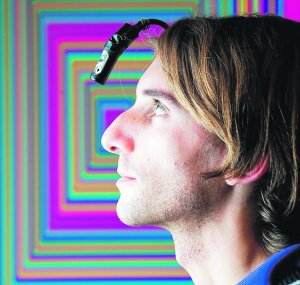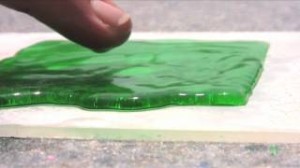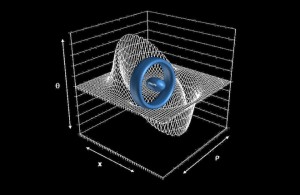Nuclear Medicine: Patch Kills Common Skin Cancer
Doctors were successful in the implementation of a new form of skin cancer treatment; a patch that can be worn on the skin. Many people don’t realize that human skin is actually an organ, and is capable of ‘breathing’ and absorption. The patch contained a radioactive isotope or radionuclide, phosphorus-32.
In the study, subjects were exposed to the radionuclide patch for three hours, thrice during one week. 80% of the subjects tested had unsightly tumors from their face completely eliminated via this easy radiation treatment. This breakthrough could provide an amazing alternative to expensive and difficult surgery or radiotherapy.










